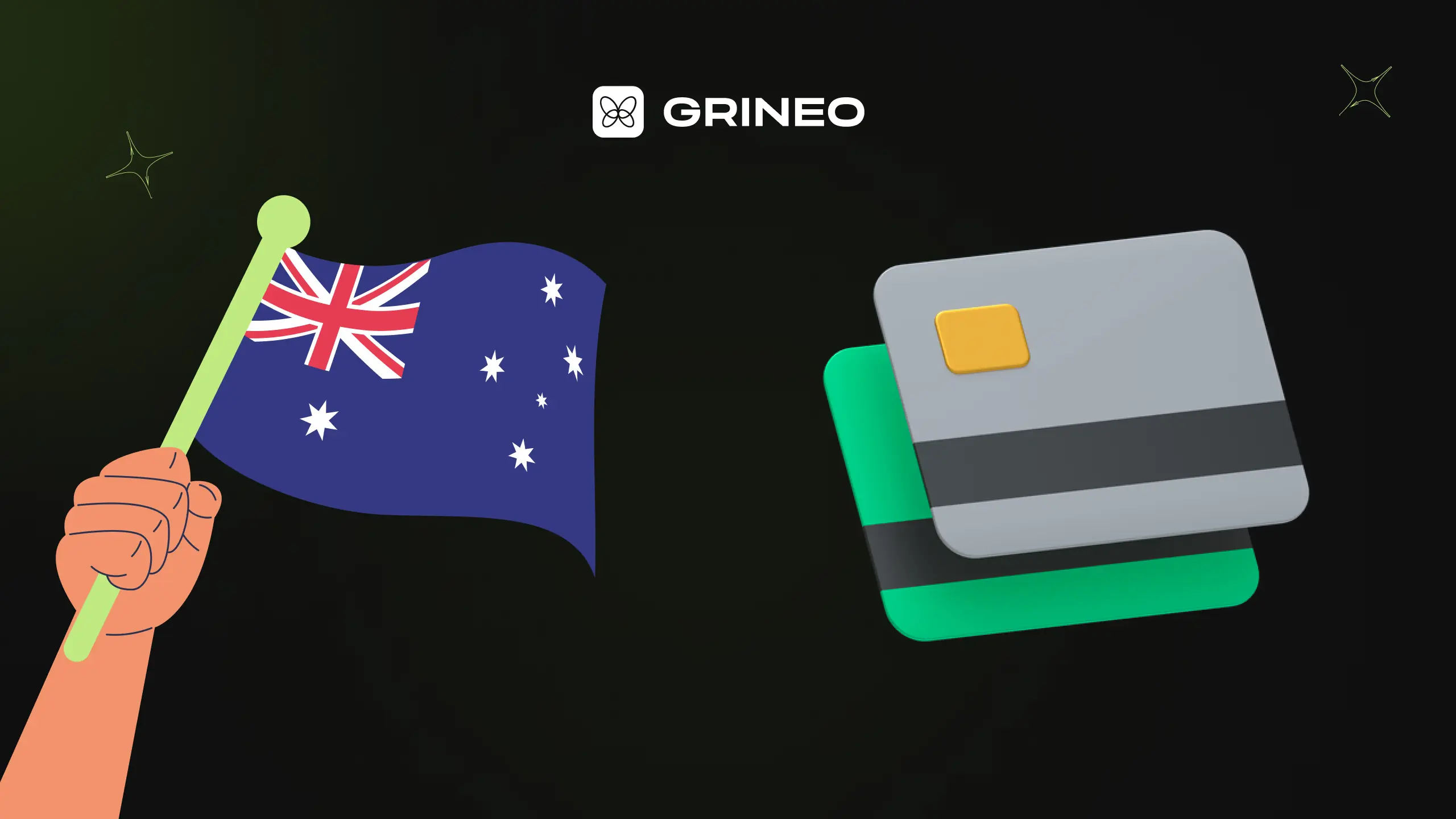How to Borrow Against Crypto and Top Crypto Lending Platforms
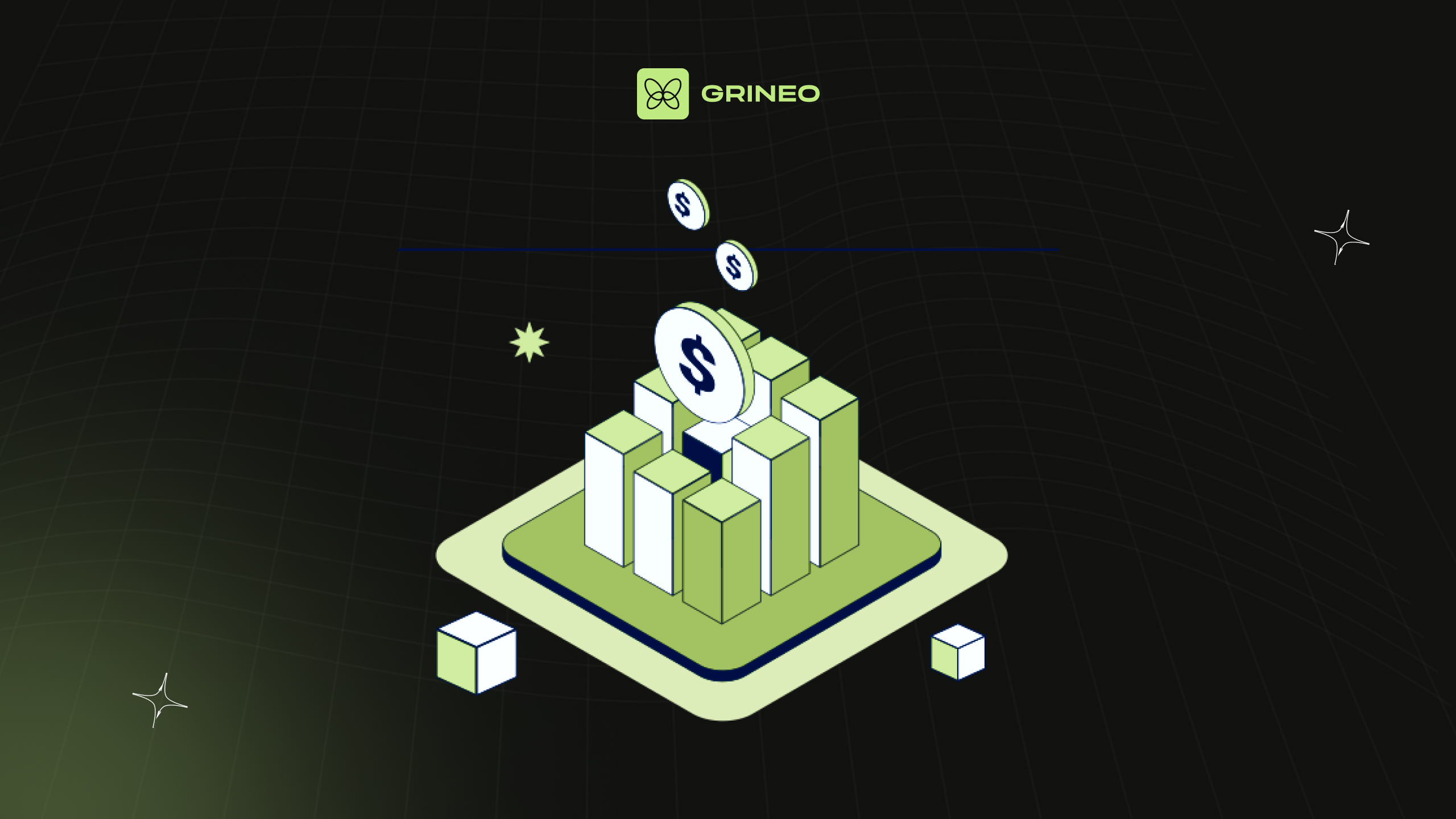
Contents
- Can You Borrow Against Crypto to Avoid Taxes?
- How to Borrow Against Crypto
- Risks of Borrowing Against Crypto
- How Does Crypto Borrowing Work?
- Can You Borrow Money to Buy Crypto?
- Top 5 Crypto Lending and Crypto Borrowing Platforms
- Spend or Withdraw Stablecoins Like Cash
Can You Borrow Against Crypto to Avoid Taxes?
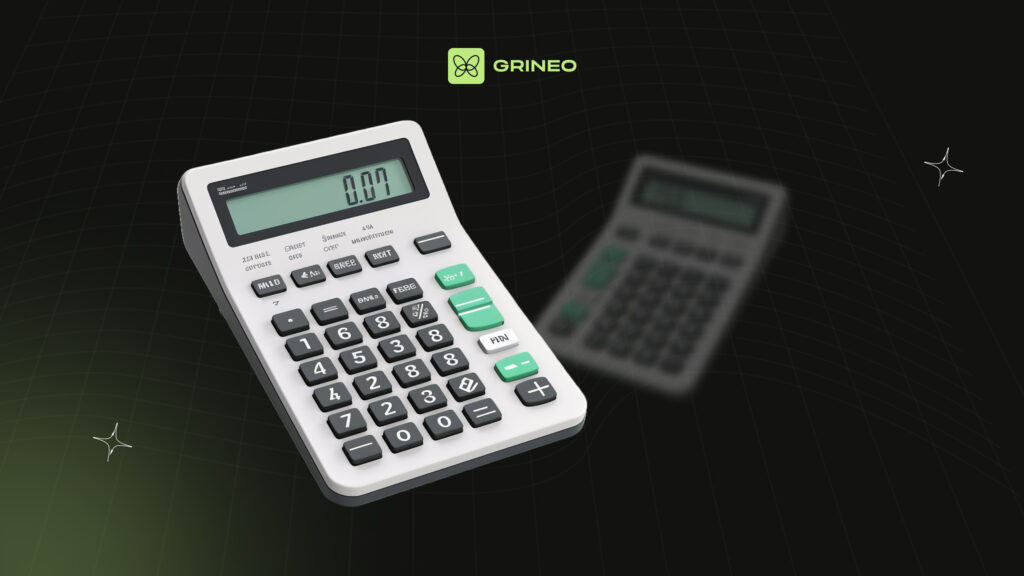
Yes. Legal tax avoidance, the act of lawfully reducing your tax liability, can be accomplished by using your crypto as collateral and borrowing cash. While cashing out your crypto may incur a capital gains tax in many locations. In Australia, for example, the capital gains tax liability on profits from crypto range from 0% – 45% based on your income.
| Taxable Income | Tax Rate |
| $0 – $18,200 | 0% |
| $18,201 – $45,000 | 19% |
| $45,001 – $120,000 | 32.5% |
| $120,001 – $180,000 | 37% |
| $180,001 and above | 45% |
How to Borrow Against Crypto
To borrow fiat against crypto, you’ll need to set up and fund a crypto wallet. In the example platform provided, Aave, you’ll need ERC20 tokens like Ethereum (ETH), and you’ll be borrowing stablecoins, although we’ll also show examples that accept Bitcoin and offer direct fiat loans.
Note that with Grineo, you can spend or withdraw stablecoins like cash without having to deal with fiat directly.
You can also swap BTC for ETH at a low rate and then withdraw ETH for free to Aave using Grineo.
Example Process with Aave
- Set Up Wallet: Use MetaMask and fund it with ETH.
- Connect to Aave: Go to Aave and connect MetaMask.
- Deposit ETH: Deposit ETH as collateral.
- Borrow USDC: Borrow USDC or USDT stablecoins.
- Go to the “Borrow” section.
- Choose the stablecoin you want to borrow.
- Enter the amount you wish to borrow. The amount you can borrow depends on the value of your collateral and the platform’s LTV ratio.
- Confirm the transaction in your wallet.
- Convert to Fiat: Use the Grineo Card to withdraw USDT or USDC from any Visa-supported ATM or spend in stores and online at a 1% flat rate on transactions.
- Repay Loan: Repay USDC on Aave. Interest rates are typically 1% – 2%, although they may vary, and will be specified on the Aave platform.
- Withdraw ETH: Withdraw your ETH collateral once the loan is repaid.
By following these steps, you can effectively borrow against your crypto assets using Aave and spend your stablecoins like cash anywhere in the world, or withdraw as local currency from any ATM that supports Visa at a total cost of just 1% of any transaction. To do this, order a Grineo card here.
Risks of Borrowing Against Crypto

The main risk involved in borrowing against crypto is the risk of your position getting liquidiated, and his happens when the value of your collateral no longer supports the loan. In simpler terms, if the crypto you’re staking on the platform crashes in value, your loan no longer has enough collateral to back it up. So if you borrow against ETH when ETH is worth $5,000 and then the price suddenly collapses to $3,000, your position could get liquidated.
Lending platforms typically require a high degree of collateralization, such as 10x collateralization (staking ten times more than the value of what you’re borrowing) to prevent liquidation, but it can still happen. Let’s take a look at an example.
Staking $30k USD worth of ETH to borrow $15,000 in USDC
- Collateral Deposited: 10 ETH
- ETH Value: $3,000 per ETH
- Total Collateral Value: $30,000
- Loan Taken: 15,000 USDC (with a 50% LTV ratio)
- Market Conditions:
- Initial ETH Price: $3,000
- Borrow Limit: 50% of the collateral value
1. Borrowing:
- The user deposits 10 ETH as collateral on Aave, worth $30,000.
- With a 50% LTV ratio, they borrow 15,000 USDC.
2. Price Drop:
- Suppose the price of ETH drops from $3,000 to $2,000.
- New collateral value: 10 ETH * $2,000 = $20,000
3. LTV Ratio Adjustment:
- The new LTV ratio becomes 15,000 USDC / $20,000 = 75%.
4. Liquidation Threshold:
- If the liquidation threshold for ETH on Aave is 75%, the user’s position is now at risk of liquidation.
5. Further Price Drop:
- ETH price drops further to $1,500.
- New collateral value: 10 ETH * $1,500 = $15,000
- New LTV ratio: 15,000 USDC / $15,000 = 100%
6. Liquidation Triggered:
- The platform triggers liquidation since the LTV ratio has exceeded the liquidation threshold.
- Part of the collateral (ETH) is sold to cover the outstanding loan and maintain platform solvency.
Liquidation Example:
- Amount Liquidated: Aave might liquidate a portion of the ETH to bring the LTV ratio back within acceptable limits. This could involve selling, for example, 5 ETH.
- Recovered Funds: 5 ETH * $1,500 = $7,500 is used to repay part of the 15,000 USDC loan.
- Remaining Loan: 15,000 USDC – $7,500 = 7,500 USDC
- Remaining Collateral: 5 ETH, valued at $1,500 each = $7,500
As you can see, liquidation can and does happen when the value of your collateral suddenly drops.
There is also always the risk of some kind of platform failure, such as a security breach resulting in the loss of staked funds, and such breaches have occurred many times throughout the history of crypto lending.
How Does Crypto Borrowing Work?
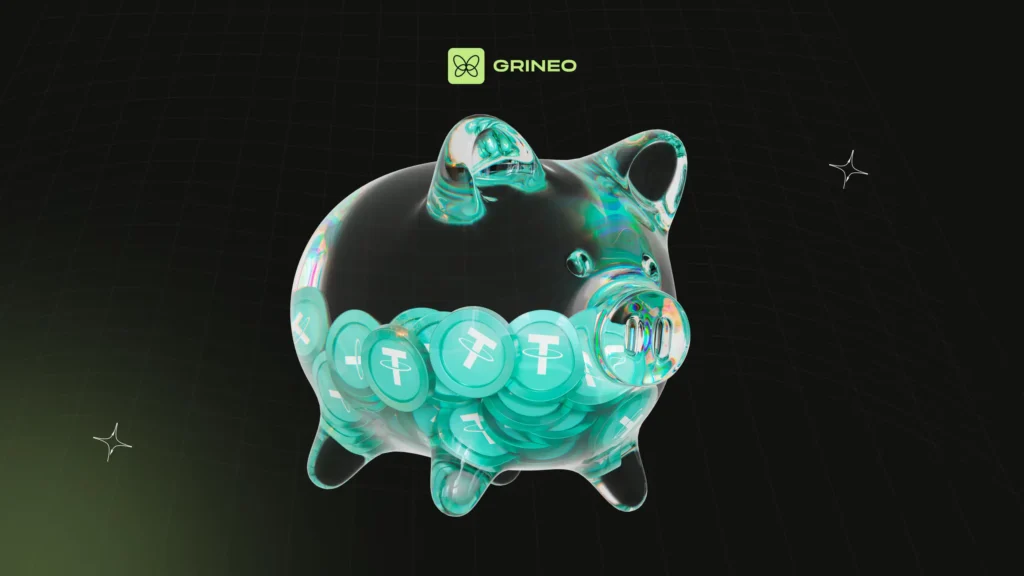
The process of crypto borrowing on platforms involves several key components and mechanisms to ensure smooth operation, security, and compliance. Here’s a breakdown of how these platforms facilitate crypto borrowing:
Smart Contracts (DeFi Platforms)
Smart contracts are self-executing contracts with the terms of the agreement directly written into code. They automatically enforce the loan terms, manage collateral, and execute transactions without the need for intermediaries. All operations are transparent and verifiable on the blockchain, reducing the risk of fraud and increasing trust among users.
Collateral Management
Users deposit cryptocurrency into the platform, which is locked as collateral. The value of the collateral is constantly monitored. If the value of the collateral falls below a certain threshold (due to market volatility), a margin call is triggered, requiring the borrower to add more collateral or face liquidation. If the borrower fails to maintain the required collateral level, the platform automatically liquidates the collateral to repay the loan. This is typically done by selling the collateral on the open market or through liquidation auctions.
Liquidity Pools (DeFi)
Liquidity providers (LPs) deposit assets into pools, which are then used to fund loans. In return, LPs earn interest and, in some cases, additional rewards (e.g., governance tokens). Interest rates are determined by the supply and demand within these pools. For example, when more users borrow from a pool, the interest rates increase to attract more liquidity providers and vice versa.
Interest Rates for Crypto Borrowing
Crypto lending platforms typically offer variable rates which adjust automatically based on how much of the platform’s liquidity bool is being borrowed at a given time, and stable rates, which provide predicable rates for borrowers. Stable rates are usually higher than variable rates and may be adjusted periodically.
Centralized Management (CeFi Platforms)
Centralized platforms like Nexo and BlockFi manage the custody of user assets, typically using a combination of hot and cold wallets to balance accessibility and security. These platforms often adhere to KYC and AML (Anti-Money Laundering) regulations to prevent illegal activities and ensure the legitimacy of users.
Loan Issuance and Repayment
Once the collateral is deposited, the loan amount is disbursed to the borrower’s account. In CeFi, this is often done through fiat transfers to bank accounts or issuing stablecoins. In DeFi, loans are usually provided in stablecoins or other cryptocurrencies directly to the user’s wallet. Platforms track repayments automatically. Interest is accrued and added to the principal, and borrowers can repay at any time. Smart contracts handle the collection of payments and update the loan status.
Can You Borrow Money to Buy Crypto?
You can of course borrow money to buy crypto from basically any lending institution. However, just because you can, it doesn’t mean you should! Borrowing money to buy crypto with the expectation that the crypto will increase in value is an extremely risky move due to the volatile nature of the crypto market.
You might find yourself not only repaying a lending institution at the high-interest rates associated with personal loans, but also saddled with a seriously depreciated asset.
Having said that, there are some cases where people actually borrow crypto to buy crypto, and this is a common practice in DeFi. Here are the three main ways people borrow money to buy crypto.
1. Traditional Loans:
- Personal Loans: You can apply for a personal loan from a bank or other financial institution and use the funds to purchase cryptocurrency. Personal loans typically require good credit and come with fixed interest rates and repayment terms.
- Credit Cards: Some people use credit cards to buy cryptocurrency, either directly from exchanges that accept credit card payments or by taking a cash advance to buy crypto. However, this method often incurs high-interest rates and fees.
2. Crypto-Backed Loans:
- DeFi Platforms: Platforms like Aave, Compound, and MakerDAO allow you to deposit cryptocurrency as collateral and borrow stablecoins (pegged to fiat currencies), which can then be used to buy more crypto. This is common in decentralized finance (DeFi) ecosystems.
- Centralized Platforms: Companies like Nexo, BlockFi, and Celsius Network offer similar services where you can use your existing crypto holdings as collateral to secure a loan in fiat currency or stablecoins, which can then be used to purchase additional crypto.
3. Margin Trading:
- Crypto Exchanges: Exchanges like Binance, Kraken, and Coinbase Pro offer margin trading, where you can borrow funds to trade larger positions than your existing capital allows. This is more suited for experienced traders due to the high risk involved.
Again, borrowing money for crypto is very high risk, and not typically recommended by any savvy investor or financial advisor. This article does not constitute financial advice, and seeks only to educate users on the practicality and risks involved in borrowing and lending within the crypto industry.
Top 5 Crypto Lending and Crypto Borrowing Platforms
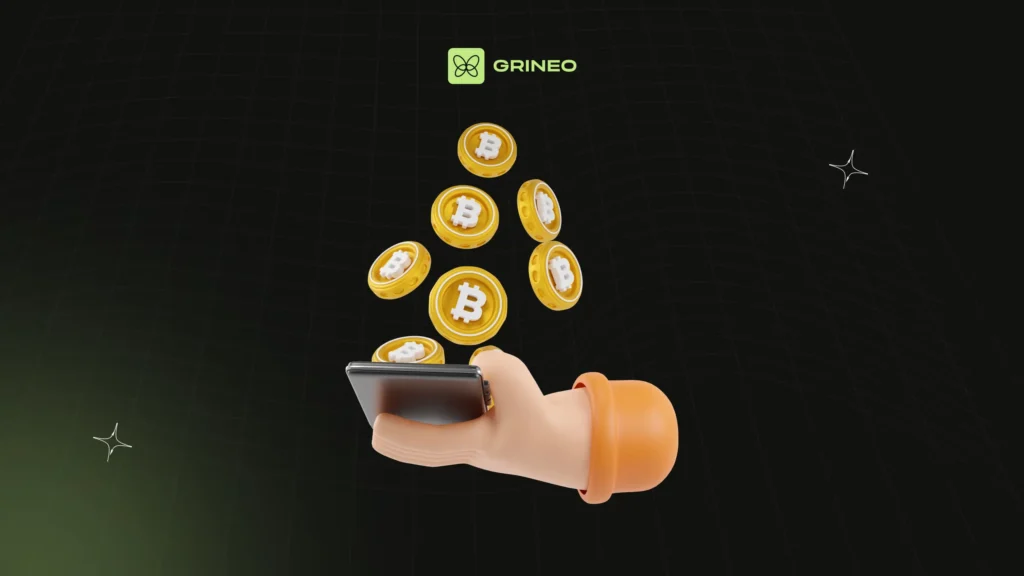
Spend or Withdraw Stablecoins Like Cash

If you’re an Australian resident, you don’t need to cash out your borrowed stablecoins from a crypto exchange and transfer the fiat to your bank account. Instead, you can simply sign up for a Grineo Card and cash out USDT and USDT by spending stablecoins like cash online and in stores or simply withdrawing them from the nearest ATM that supports Visa.






